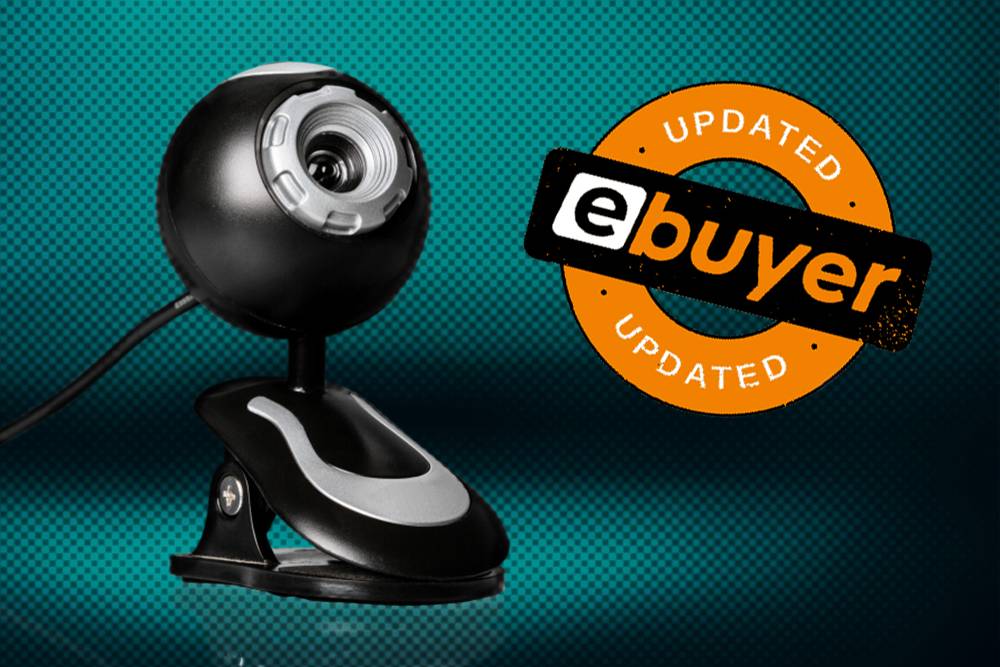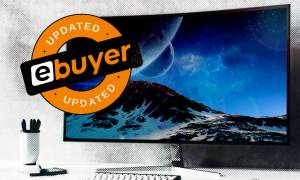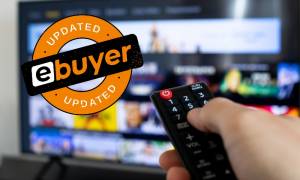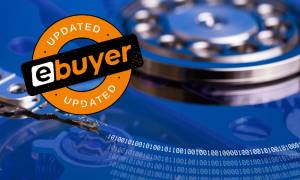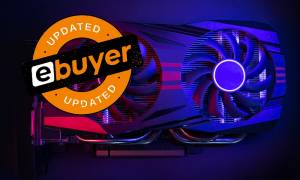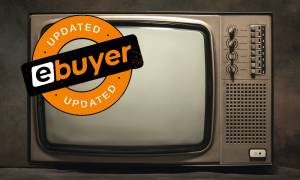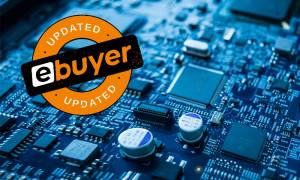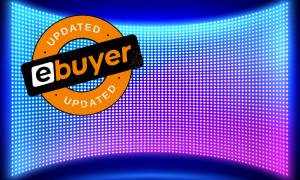Updated June 2023
The world’s a small place these days. The ability to communicate with someone across the other side of the planet – and in an instant – is testament to the impact the internet has had on global society. Of course, talking to your globe-trotting friend abroad or closing out that deal with your business partner in Hong Kong is achievable using only a mic and a speaker. But what about a webcam?
Most of us need that extra layer of professionalism, added by a good communication platform and a more personal device. For that, you’re definitely going to need a webcam. But what is a webcam? What does a webcam do? And how do you choose the best webcam for your laptop or PC? Increasingly, webcams are built into laptops, but frequently they are not a part of a desktop PC set-up, and you need to buy an additional bit of kit.
Given that there is such a wide range of webcams to choose from, we have compiled a guide to help you purchase and use one that works best for you. Here are some things to consider when looking for the best webcam for your laptop.
What is a webcam?

Shutterstock
A webcam is a built-in or freestanding camera that captures still images and video. Webcams can be connected to your laptop or PC either as an integrated piece of equipment, via a USB cable or wirelessly.
Internal webcams are those that are built into the computer and look like a tiny dot in the centre of the top of your screen. Whereas, USB and wireless webcams are external, and can be used on any computer that has the appropriate software installed. This option is more flexible in terms of location, as they don’t need to be mounted to the top of your computer screen to work.
What does a webcam do?

Shutterstock
Commonly used alongside video conferencing software like Zoom, Skype, Google Meet and other apps, webcams have become particularly popular over the last couple of years as a result of the Covid-19 pandemic. Many students and professionals turned to webcams for PCs and laptops for remote working, while families used them to keep in touch with loved ones across the world.
Much like a digital camera, a webcam captures light through a small lens using a tiny grid of microscopic light detectors that are built into an image-sensing microchip. The image sensor then converts the picture in front of the camera into a digital format.
Unlike a digital camera, though, a webcam has no built-in memory chip or flash memory card. This means it can’t “remember” pictures; instead, it captures and transmits them immediately to a computer.
What to look for when buying a webcam
Webcam resolution
Central to anyone’s thought process when buying any type of webcam should, of course, be resolution. For still images, the first thing to think about is megapixels. But how many megapixels is good for a camera?
Images are made up of countless tiny dots named pixels. Broadly speaking, the more pixels in an image the better quality that image will be. One megapixel is equal to one million pixels. Whilst megapixels aren’t the be-all and end-all for any camera purchase, they can provide a pretty good yardstick for overall image quality. 1.3 megapixels has positioned itself as industry standard, and for most users this will churn out acceptable performance. However, if you’re planning on using your webcam for taking a lot of snaps, consider shelling out that bit extra for a 2-megapixel camera and beyond.
For video, HD recording is becoming an increasingly less expensive outlay. If you’re going to be spending a lot of time on video conferencing services such as Skype and Zoom, HD is the only way to go. You could easily grab a standard HD (720p) webcam for around £20. If you’re feeling a little adventurous, higher resolution webcams are still unlikely to cause serious damage to your wallet. For a Full HD camera (1080p) you could be looking at around £30 as your starting price point (though there are some cheapo versions on the market these days, too). Also, make sure you consider the resolution of your monitor. It’s no use investing in a Full HD webcam if your monitor only displays images at 720p.
Lens & FPS
However, it’s not just the resolution of your webcam that affects the image quality. Perhaps most important is the lens. Cheaper, and thus lower quality webcams will have a plastic lens with a fixed focus. For a greater performance, purchase a high-quality webcam with a glass lens and an adjustable focus. Look out for higher-spec webcams that come with constant autofocus, meaning the lens can adjust to objects moving on screen quickly, maintaining a crisp stream.
Those people who will be using the webcam for some sort of video production should consider frame rate. Frame rate means how many times the image refreshes itself per second, and this is usually referred to as fps (frames-per-second). The higher a camera’s fps rate, the smoother and less jarring a stream will be. Anything below 30fps could produce a choppy image, particularly if there are any sudden movements. But again, getting yourself something above the 30fps benchmark won’t be all that pricey. Those who need more than a general-purpose camera can invest in refresh rates of 60fps and beyond without too much extra cost.
Webcam design
Image quality may form the centre of your webcam choice but be sure to consider the more nuanced design options that could bring out the best in your chosen webcam.
First is attachability. Webcams will tend to come in one of two designs, either clip-on or freestanding. Clip-ons are great if you’re unlikely to be moving your camera around as you use it. A clip-on sits on your monitor and streams you sat directly in front of your screen. Freestanding webcams are more flexible in terms of picking the device up as you move around a room. If you need to adjust the angle of your stream then a freestanding webcam can move from a position beside your monitor and be pointed in whichever direction you wish, standing firmly all the while.
Closely linked to the design feature above is connectivity. Fiddling around with wires can become truly irritating if your webcam is often on the move. If you need a portable webcam, you can shift about at your leisure, it’s probably best to consider a Wi-Fi connectable product. Most wired devices are connected via a USB port, so take into a consideration how crowded your valuable USB slots are.
One final consideration is the audio. A number of webcams on the market today will come with a good secondary capability for sound. If you don’t have an inbuilt mic on your laptop or PC, or your speakers are a little bit naff, then look for a webcam with an inbuilt mic and/or speaker.
Cost
As we’ve hinted a couple of times above, you won’t break your bank when you get yourself a webcam, even a high-quality webcam. They enter the market at a pretty low price. The reason for this is the development of a new type of lens. A CMOS (complementary metal-oxide semiconductor) lens is much cheaper to manufacture than what was used before. As a result, the majority of devices on the market today are likely to house a CMOS lens over their more expensive counterparts, the CCD (charge-coupled device).
Depending on how many features you want, webcams can even range from as little as £10 to well in excess of £100. Whatever your needs, Ebuyer is sure to stock the ideal webcam for you. Browse our range of mid-range and high-end webcams from brands like Logitech, Microsoft and Lenovo.
For more information read our guide to the best webcams for streaming and check out our other video accessories, such as microphones, speakers and headsets.

